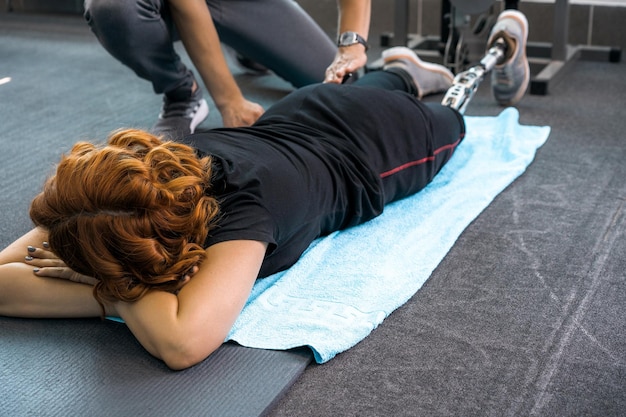Stretching is often treated as an afterthought in fitness routines—something you do if you have time at the end of a workout. But for students juggling academics, sports, and gym sessions, understanding the right type of stretching at the right time can make a real difference in strength gains, injury prevention, and overall performance.
Static stretching involves holding a stretch in a fixed position for 15 to 60 seconds. Think of touching your toes and holding it, or stretching your arms across your chest. This method is best used after a workout when muscles are warm.
Static stretching helps improve flexibility and range of motion over time. Research shows it plays a key role in muscle recovery and reducing soreness. A study on soccer players found that static stretching after training significantly reduced the risk of injury in subsequent sessions.

Dynamic stretching uses controlled, movement-based exercises to warm up the body. Examples include leg swings, arm circles, and walking lunges. These stretches are designed to mimic the activity you’re about to perform.
Unlike static stretching, dynamic stretching increases blood flow, activates the nervous system, and prepares muscles for explosive or strength-based movements. Experts recommend dynamic stretches as part of a pre-workout routine—especially before lifting weights or sprinting.

One of the most common mistakes students make is doing static stretches before lifting weights. Research in sports science shows that static stretching before strength training can temporarily reduce muscle power and force production. This means you might not lift as heavy or perform as well during your workout.
On the other hand, dynamic stretching before exercise primes your body for action. It increases core temperature, enhances neuromuscular coordination, and improves joint mobility—all of which support strength development.
To maximize strength gains and minimize injury risk, follow this simple structure:
As a student, your schedule is packed. You need efficient, effective workouts. Using the right stretching method at the right time ensures you get the most out of every session—without wasting time or risking injury.
Dynamic stretching before class or practice helps you feel alert and physically prepared. Static stretching after a late-night gym session can improve sleep quality by reducing muscle tension.
Your stretching routine should evolve with your goals:
Stretching isn’t just about flexibility—it’s a critical part of building strength safely and effectively. By choosing dynamic stretches before workouts and static stretches after, you align with science-backed practices used by athletes and fitness experts.
Start small. Add 5 minutes of leg swings and arm circles before your next session. Finish with a few deep static holds. Over time, these habits will support better performance, faster recovery, and long-term progress.

Fitness

Fitness

Fitness

Fitness

Fitness

Fitness

Fitness

Fitness

Fitness

Fitness

Fitness

Fitness

Health

Fitness

Health

Health